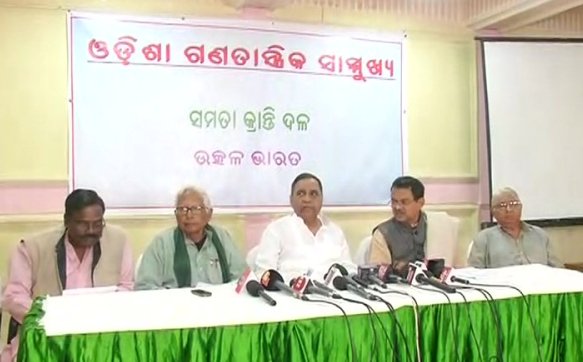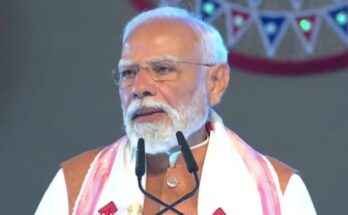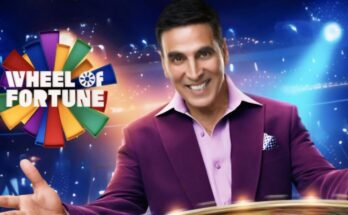By Ashutosh Mishra
Utkal Bharat leader Kharvela Swain and Samata Kranti Dal chief Braja Kishore Tripathy recently announced a new front – Odisha Ganatantrik Sammukya – hoping to garner enough support from like-minded people and parties to make an impact in the upcoming polls.
While former minister Damodar Rout has steered clear of the new formation, former Kendrapara MP Baijayant Panda too has been noncommittal. He would, though, back any initiative that seeks to challenge a system that believes in unleashing vendetta and violence on its opponents.
Panda, who is yet to announce his future plans, is being expectedly cautious. He would rather wait patiently than act in a hurry and repent at leisure. In less than a year his political career has turned topsy-turvy with repercussions even for those close to him. He has obviously learnt his lessons.
Tripathy and Swain then would obviously be banking on smaller parties and perhaps the two communist parties apart from leaders like expelled Congress leader and former union minister Srikant Jena and his protégé former Koraput MLA Krushna Chandra Sagaria to take their initiative forward.
There are strong rumours about Jena and Sagaria joining the Aam Admi Party, which, over the last few years, has become the last refuge of leaders desperately seeking a party tag. Newspaper reports suggest that AAP leader and Delhi chief minister Aravind Kejriwal may visit the state capital and address a rally. One would not be surprised if the OGS joins forces with AAP in Odisha.
But any such move is fraught with dangers as AAP’s style of conducting politics is entirely different from traditional parties and politicians. The party and its leadership have often been accused of propagating anarchism and treating people to dreams. Both Swain and Tripathy are politicians in the traditional mould and would find the AAP ideology rather uncomfortable to go along with. Same could be said of Jena who has been the face of OBC politics in the state.
But politics makes strange bed-fellows and given the compulsions that the elections impose on parties anything can happen. Let us assume for a moment that the OGS actually ties up with AAP and Jena and Sagaria actually join Aravind Kejriwal’s party. Will that really make a difference to the existing three-party scenario in Odisha?
One argument could be that the AAP and OGS combine can occupy the political space that is gradually being vacated by a rudderless Congress which appears to be in a tailspin following a spate of resignations. Despite the brave front being put up by Pradesh Congress Committee (PCC) president Niranjan Patnaik, it is now more than clear that the party after showing promise for a brief while has lost the plot.
Traditional logic would suggest that the Bharatiya Janata Party should gain from the decline of the Congress in the state as happened in the 2017 gram panchayat elections when the saffron party won a record 297 zila parishad seats against the 36 it had bagged in 2012. Its gains had followed the slide of the Congress, which is still struggling to put its act together.
But that is traditional logic. Conversely, it can also be argued that the Congress voters who opted for BJP in the gram panchayat elections because they had no other choice may vote for the OGS-AAP combine this time if such a coalition actually comes into being.
Politics, it is said, is the art of the possible. In the present scenario anything seems possible.
Photo-Sanjib Mukherjee




